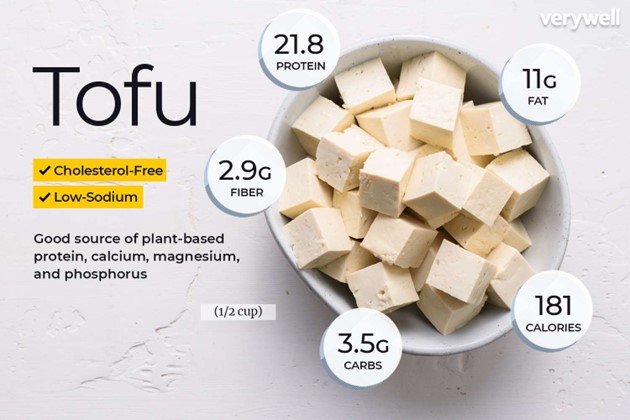A nurse is reinforcing teaching with a client who is postpartum and plans to breastfeed their newborn. Which of the following statements by the client indicates an understanding of the teaching?
"I should add 500 calories per day to my diet.”
"I will use antibacterial soap and warm water to wash my breasts.”
"Breastfeeding is a reliable method of birth control.”
"If my nipples become cracked and red, I will apply hydrocortisone cream.”
The Correct Answer is B
Choice A reason:
The client stating, "I should add 500 calories per day to my diet,” is not an accurate understanding of breastfeeding. While it is true that breastfeeding mothers require additional calories to support lactation, the specific amount of calories needed varies depending on individual factors and should be discussed with a healthcare professional. Simply adding 500 calories per day may not be appropriate for every woman and could lead to excessive weight gain.
Choice B reason:
This choice indicates an understanding of proper breast hygiene during breastfeeding. Using antibacterial soap and warm water to wash the breasts helps to prevent infection and maintain good breast health, reducing the risk of complications for both the mother and the baby.
Choice C reason:
The statement, "Breastfeeding is a reliable method of birth control,” is incorrect. While breastfeeding can provide some natural contraceptive effects, it is not a foolproof method of birth control. This concept is known as the lactational amenorrhea method (LAM), and specific criteria must be met for it to be considered a reliable form of contraception. Relying solely on breastfeeding as birth control can lead to an unintended pregnancy.
Choice D reason:
The statement, "If my nipples become cracked and red, I will apply hydrocortisone cream,” is not advisable. While hydrocortisone cream may provide temporary relief from irritation, it is not recommended for breastfeeding mothers. Ingestion of the cream by the baby can be harmful. Instead, the client should seek guidance from a healthcare professional to address and resolve any breastfeeding-related nipple issues.
Nursing Test Bank
Naxlex Comprehensive Predictor Exams
Related Questions
Correct Answer is A
Explanation
Choice A reason:
The nurse's priority in this situation is the respiratory rate of 10/min. A respiratory rate of 10 breaths per minute is significantly low and could indicate respiratory depression, especially if the patient is receiving morphine, which is known to depress the respiratory system. This could lead to inadequate oxygenation, potential hypoxia, and other life-threatening complications.
Choice B reason:
Bladder distention may be a concern, but it is not the nurse's priority in this situation. Bladder distention can cause discomfort and urinary retention, but it is not an immediate life- threatening condition compared to potential respiratory depression.
Choice C reason:
A blood pressure of 108/64 mm Hg is within the normal range for an adolescent and may not be the nurse's priority at this time. Although it should be monitored, it does not pose an immediate threat to the patient's life.
Choice D reason:
Nausea and vomiting are common side effects of morphine administration, but they are not the nurse's priority in this situation. While they can cause distress and discomfort to the patient, they are not life-threatening conditions.
Correct Answer is B
Explanation
Choice A reason:
One cup of oatmeal - Oatmeal is a nutritious food, but it does not contain as high a protein content as some other options. While it offers some protein, it is not the best choice for a high-protein diet during pregnancy. Oatmeal is primarily known for its fiber content and complex carbohydrates, which provide sustained energy.
Choice B reason:
 One cup of tofu - Tofu is an excellent source of protein and is a suitable choice for a high- protein diet during pregnancy. Tofu is made from soybeans and is rich in plant-based proteins, making it an ideal option for individuals following a vegetarian or vegan diet as well. Additionally, tofu contains essential amino acids, iron, calcium, and other nutrients beneficial for both the mother and the developing fetus.
One cup of tofu - Tofu is an excellent source of protein and is a suitable choice for a high- protein diet during pregnancy. Tofu is made from soybeans and is rich in plant-based proteins, making it an ideal option for individuals following a vegetarian or vegan diet as well. Additionally, tofu contains essential amino acids, iron, calcium, and other nutrients beneficial for both the mother and the developing fetus.
Choice C reason:
One cup of brown rice - While brown rice is a healthy whole grain and provides some protein, it does not have as high a protein content as tofu. Brown rice is a good source of complex carbohydrates, fiber, vitamins, and minerals, but it may not meet the high protein requirements of a pregnant woman's diet.
Choice D reason:
One cup of kale - Kale is a nutritious leafy green vegetable, but it does not offer a significant amount of protein compared to tofu. It is rich in vitamins, minerals, and antioxidants, making it a valuable addition to a balanced diet. However, for a high-protein diet during pregnancy, other options like tofu are more suitable.
Whether you are a student looking to ace your exams or a practicing nurse seeking to enhance your expertise , our nursing education contents will empower you with the confidence and competence to make a difference in the lives of patients and become a respected leader in the healthcare field.
Visit Naxlex, invest in your future and unlock endless possibilities with our unparalleled nursing education contents today
Report Wrong Answer on the Current Question
Do you disagree with the answer? If yes, what is your expected answer? Explain.
Kindly be descriptive with the issue you are facing.
